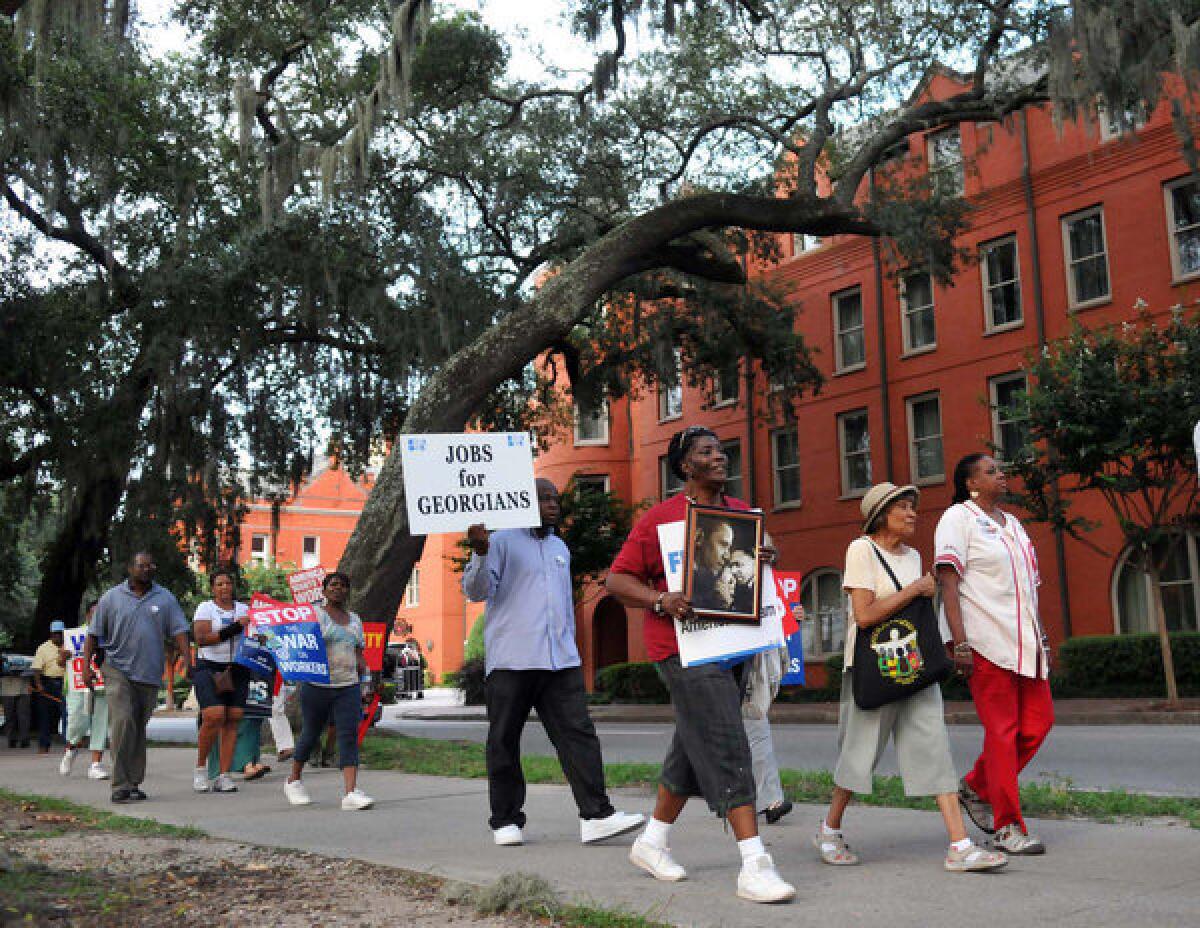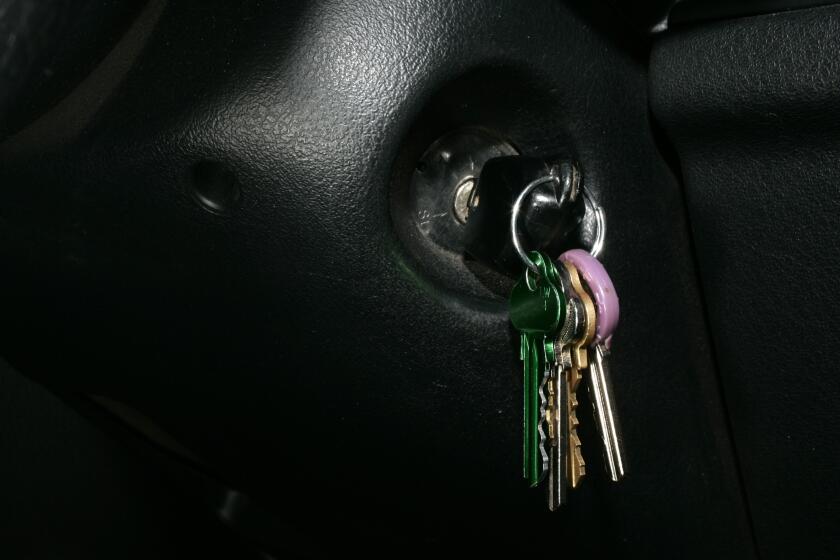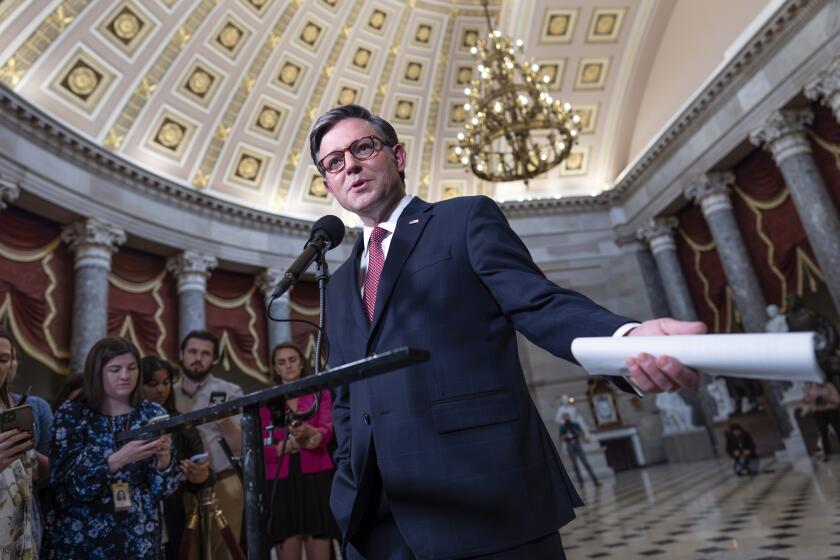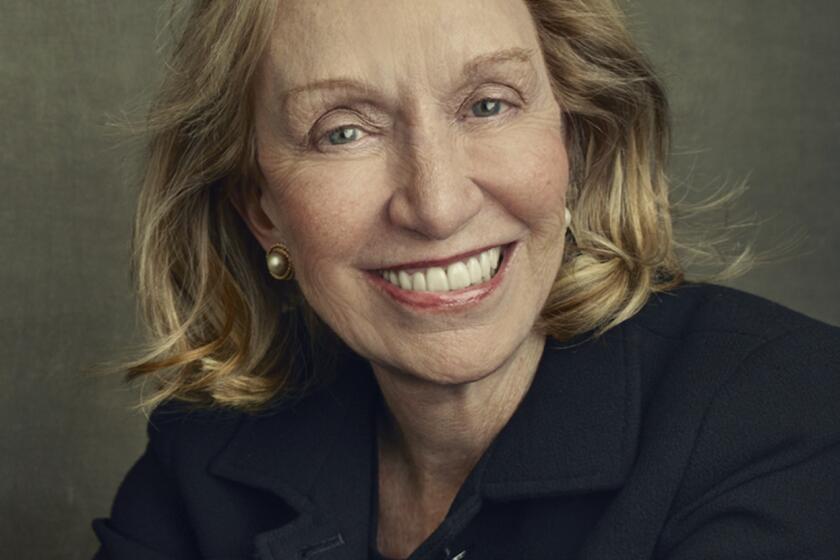Lost unions and lost ground

Over the next few days, the largest national group of unions, the AFL-CIO, meets in Los Angeles to look at ways to stem the long-term decline of American unions. African Americans and other people of color have a lot at stake.
Many people think of a union member as a white, blue-collar male, and historically that was true. In the early 1900s, nearly all U.S. unions discriminated against African Americans and refused to let them join. In 1935, when President Franklin D. Roosevelt signed the Wagner Act into law — guaranteeing American workers the right to bargain collectively with their employers — fewer than 1 in 100 union members in the U.S. was an African American.
But then, during the middle of the 20th century, unions experienced a remarkable racial turnaround. Competition between the fast-growing industrial unions of the Congress of Industrial Organizations and the established craft unions of the American Federation of Labor spurred organizers to reach outside existing labor strongholds to recruit millions of new members. And in the run-up to World War II, many African Americans, eager to escape punishing agricultural work in the South, arrived in the Midwest and Northeast to look for new manufacturing jobs just as expanding factories were targeted by union organizers.
Black workers were understandably wary at first, given unions’ history of racial discrimination. But before long they came to see organized workplaces as a partial refuge from racist practices that were common in many nonunion firms. After the war, stable employment, rising wages and robust benefit packages cemented the connections of African American workers to the labor movement, especially in the Midwest.
Nationally, union membership rates for black men in the private sector rose to nearly 40% by the early 1970s. What’s more, by the end of the 1970s, nearly 1 in 4 black women in the private sector belonged to a union, double the rate of union membership among white women.
An extensive body of research has established that union members earn higher wages than their nonunion counterparts doing the same type of work. And our own research confirms a large effect of union membership on wages for both black and white workers, an effect that holds true even after we take into account other influences on wages such as age, education, occupation and the particular industry and state where workers are employed. Across the decades covered by our data, unionized workers in the private sector have wages about 25% higher than otherwise similar nonunion workers.
But for several decades now, union membership rates have been declining. Using 40 years of nationally representative data, our research aimed to discover what wage trends among blacks and whites, men and women, would have looked like if union membership in the private sector of the U.S. economy had not declined so sharply. Here is what we learned:
• Had union membership rates for women remained at late-1970s levels, racial wage inequality among women in private sector jobs today would be reduced by as much as 30%.
• If rates of union membership among African American men working in the private sector were as high today as in the early 1970s, weekly wages would now be about $50 higher. For a full-time worker, that translates to an income increase of $2,600 a year. Regardless of race, all male workers have lost ground in the private sector as unions have declined.
Our findings recast the modern American labor movement as a remarkably inclusive institution that gave a vital boost to the economic fortunes of African American as well as white workers and their families. The near disappearance of private sector unions in recent times has made many of America’s economic and social problems worse, including racial wage gaps.
Meredith Kleykamp and Jake Rosenfeld are professors of sociology at the University of Maryland and the University of Washington, respectively. Both are members of the Scholars Strategy Network.
More to Read
A cure for the common opinion
Get thought-provoking perspectives with our weekly newsletter.
You may occasionally receive promotional content from the Los Angeles Times.






